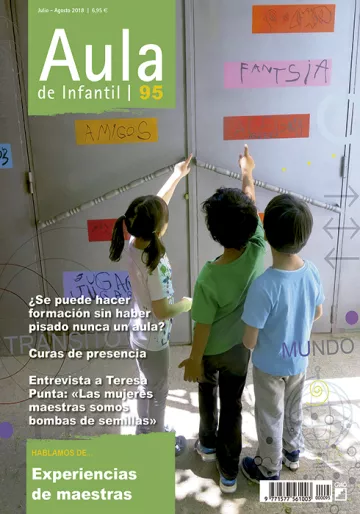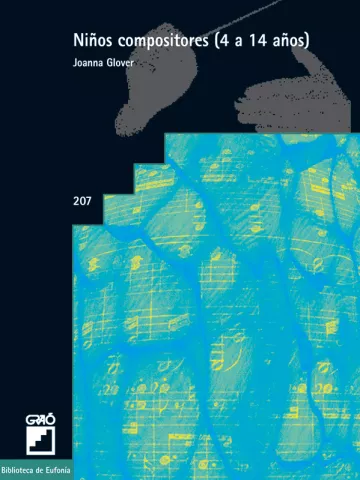Nuestros contenidos en Digital son compatibles con todos los lectores de libros electrónicos.
Introduction
Nuestros contenidos en Digital son compatibles con todos los lectores de libros electrónicos.
The Contribution of Research to ELT Practice
Chapter contents:
• Introduction: what is research and why do we need it?
• Research into language
• Research into language learning
• Other ways of knowing: looking at our classroom behavior
• Researching classrooms: action research and exploratory practice
• Conclusion
Nuestros contenidos en Digital son compatibles con todos los lectores de libros electrónicos.
The History of English Language Teaching Methodology
Chapter contents:
• Concept of language teaching method
• Grammar-translation method
• Direct method
• Audiolingual method
• The Silent Way
• Total Physical Response
• Community language learning
• Suggestopedia
• Natural approach
• Notional-functional approach
• Lexical approach
• Task-based language learning
• Dogme language teaching
Nuestros contenidos en Digital son compatibles con todos los lectores de libros electrónicos.
Cultural, Social and Educational Aspects of English as a World Language
Chapter contents:
• English within yet beyond the classroom
• From English in education to English as education
• Global literacy or colonization?
• Bridging the gap between cultures and Culture
Nuestros contenidos en Digital son compatibles con todos los lectores de libros electrónicos.
Understanding the Curriculum
Chapter contents:
• The reasons given for teaching foreign languages
• The main language objectives in teaching English as a foreign language
• Key competences
• How does learning a foreign language contribute to the acquisition of key competences?
• The contents of the curriculum
• Assessment criteria
Nuestros contenidos en Digital son compatibles con todos los lectores de libros electrónicos.
The Common European Framework of Reference
Chapter contents:
• Origins and background
• Structure of the CEFR
• Common Reference Levels
• Competences
• General competences of the learner
• Communicative language competences
• Self-assessment
• European Language Portfolio
Nuestros contenidos en Digital son compatibles con todos los lectores de libros electrónicos.
Content and Language Integrated Learning (CLIL) in Secondary School
Chapter contents:
• CLIL in Spain
• Integrating language and content
• Focus areas for CLIL teacher development in secondary education: a framework
• Interaction in CLIL
• The language of the disciplines in the CLIL classroom – the example of history
• Conclusions and pedagogical implications
Nuestros contenidos en Digital son compatibles con todos los lectores de libros electrónicos.
Language Learning, Technoloy and Appropriate Pedagogy
Chapter contents:
• The role of SLA
• Learning
• Technologies themselves
• Lesson planning with technology
• Project work
• Enquiry/problem-based learning
• Concluding remarks
Nuestros contenidos en Digital son compatibles con todos los lectores de libros electrónicos.
The importance of Teachers' Thoughts and Beliefs
Chapter contents:
• Shifting to a focus on «the hidden side of teaching»
• What are teachers’ beliefs?
• Teacher knowledge and teacher beliefs
• The origin of teachers’ beliefs
• The inflexibility of teacher’s beliefs
• How can teachers’ beliefs be accessed?
• Summary and conclusions
Incluye información sobre la influencia de la investigación en la práctica, el conocimiento del currículo oficial, el aprendizaje integrado de contenidos y lenguas extranjeras (CLIL) y el marco europeo para el aprendizaje de lenguas utilizando la tecnología.
Nuestros contenidos en Digital son compatibles con todos los lectores de libros electrónicos.
Incluye información sobre la influencia de la investigación en la práctica, el conocimiento del currículo oficial, el aprendizaje integrado de contenidos y lenguas extranjeras (CLIL) y el marco europeo para el aprendizaje de lenguas utilizando la tecnología.





